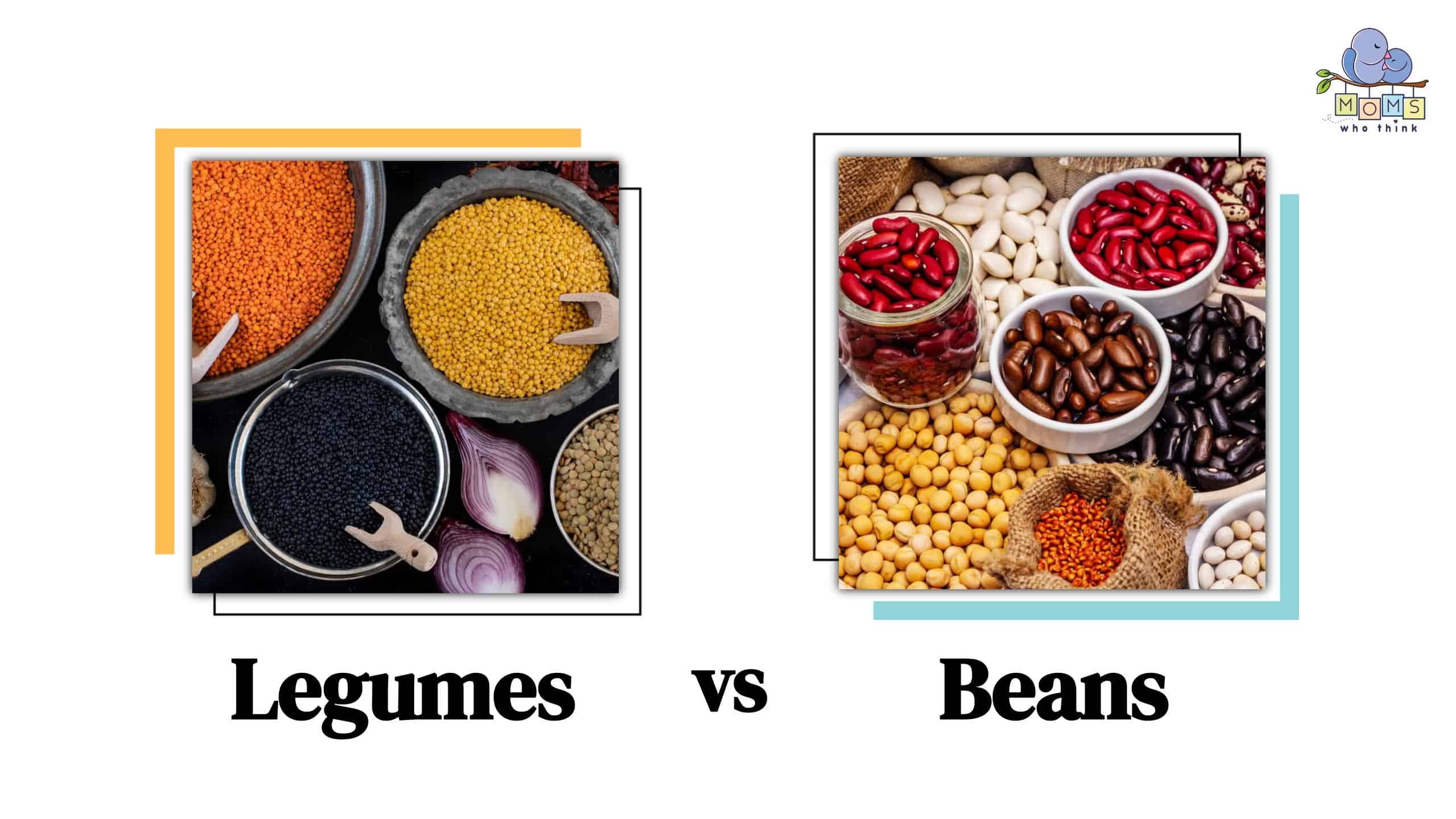It can be hard to make sure you’re getting enough protein and nutrients in your diet. Legumes and beans are some foods that make it way easier. Often used interchangeably, the two actually have some differences that you’ll want to be aware of before you decide to use one or the other. Below, find out the key differences and a full comparison between legumes and beans. You’ll get some recipe ideas while you’re at it!
What Are Legumes?
Legumes are actually the fruits of plants that belong to the pea family. Definitely strange to think of fruits in this way, since legumes are very far from sweet. But the actual definition of “fruit” in botany is a little different from the way we use it. Fruits, when it comes to plants, are the seed-producing structures. Legumes are fruits in this way, and the seeds they produce are what we typically eat. They are laden with protein and amino acids, which has made them a big staple in many cuisines, especially vegetarian diets.
Some of the beloved foods considered legumes include beans, chickpeas, edamame, green beans, lentils, peanuts, soybeans, snow peas, and more.
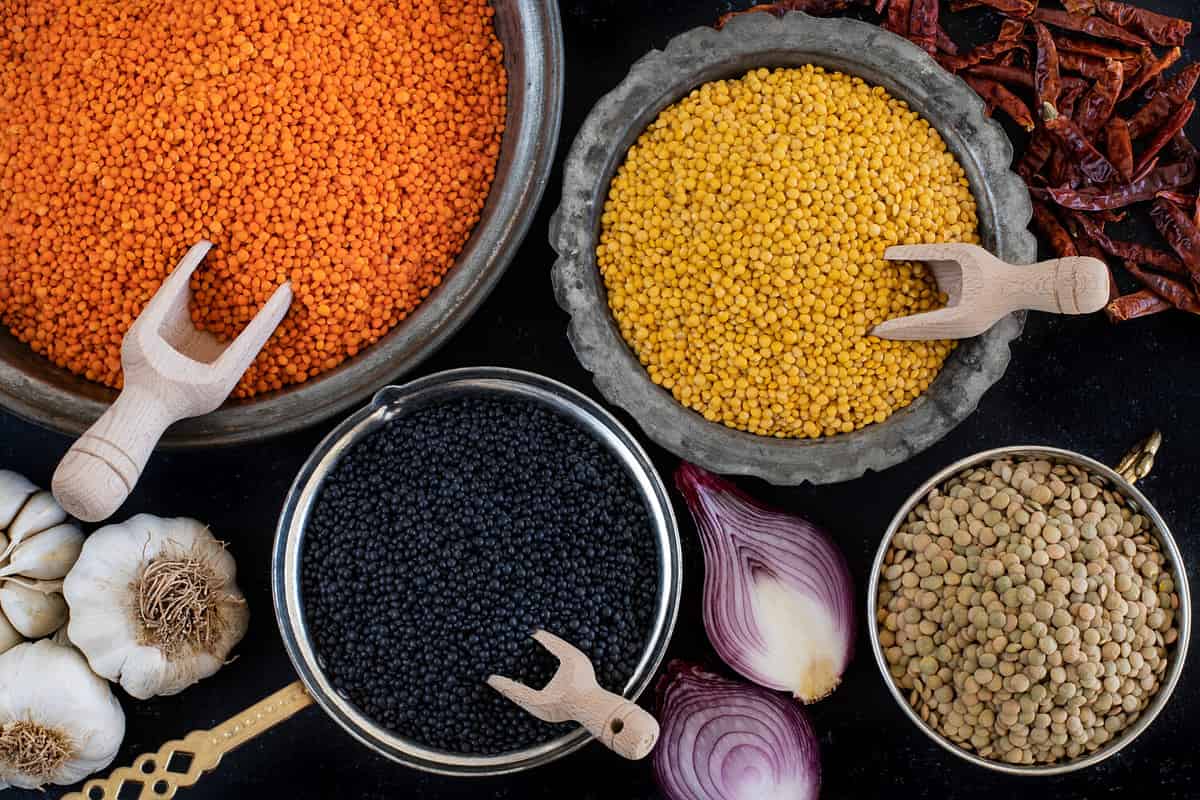
©Gulcin Ragiboglu/Shutterstock.com
What are Beans?
As touched on above, beans are actually a kind of seed produced from certain legumes. They are an easy, inexpensive way to get protein, iron, and more nutrients in one’s diet.
Soybeans are a very important part of this grouping because of how instrumental they are to so many vegetarian dishes. Soybeans are the main ingredient in tofu and seitan, which are either eaten on their own or breaded and tossed in sauce so that they can substitute popular meat dishes. Soybean is also the main ingredient in soy milk, which is a popular substitute for dairy milk.
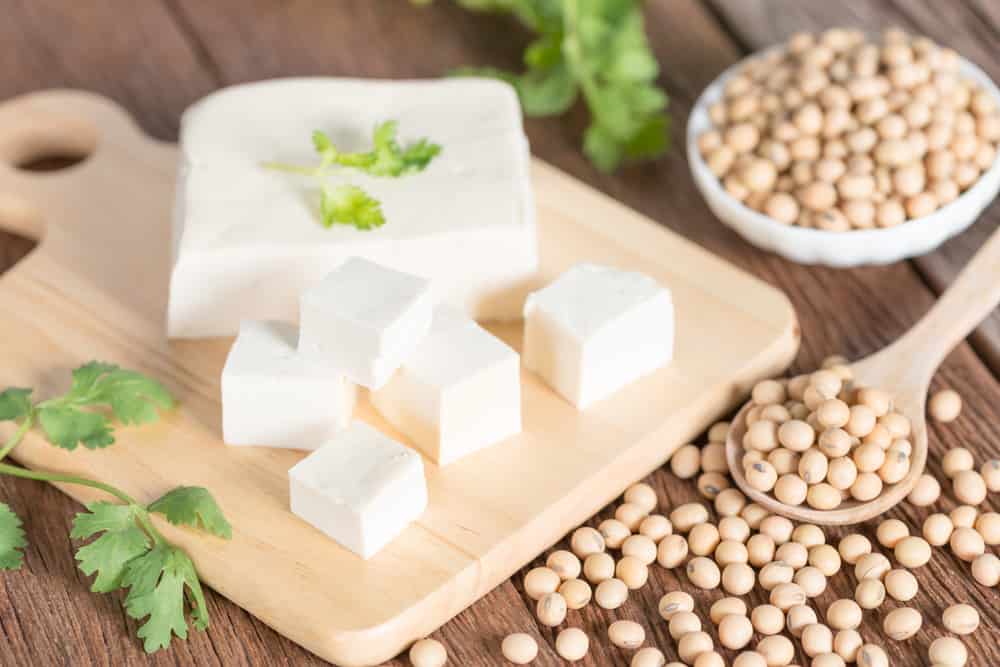
©inewsfoto/Shutterstock.com
There are almost too many beans to count, from kidney beans to lima beans to green beans to fava beans to garbanzo beans, and so many more.
Legumes vs. Beans: Key Differences
The main difference between legumes and beans is that beans are just one variety of legumes. Legumes include many other kinds of foods including lentils, peanuts, tamarind, and all the varieties of beans.
It follows that the next key difference is how each is cooked. Beans all pretty much follow the same cooking method. If they’re dried beans, they need to be soaked before cooking. There are three main soaking methods for beans, which you can read about in this post. But after they’re soaked, they can be added to soups or stews, or they can be cooked on their own, in boiling water with whatever flavors or spices you want to add. Depending on the bean, your cooking time may vary. If you’re using canned beans, they don’t take very long to cook, so you want to be sure to add them to soups or stews only when they’re almost done.
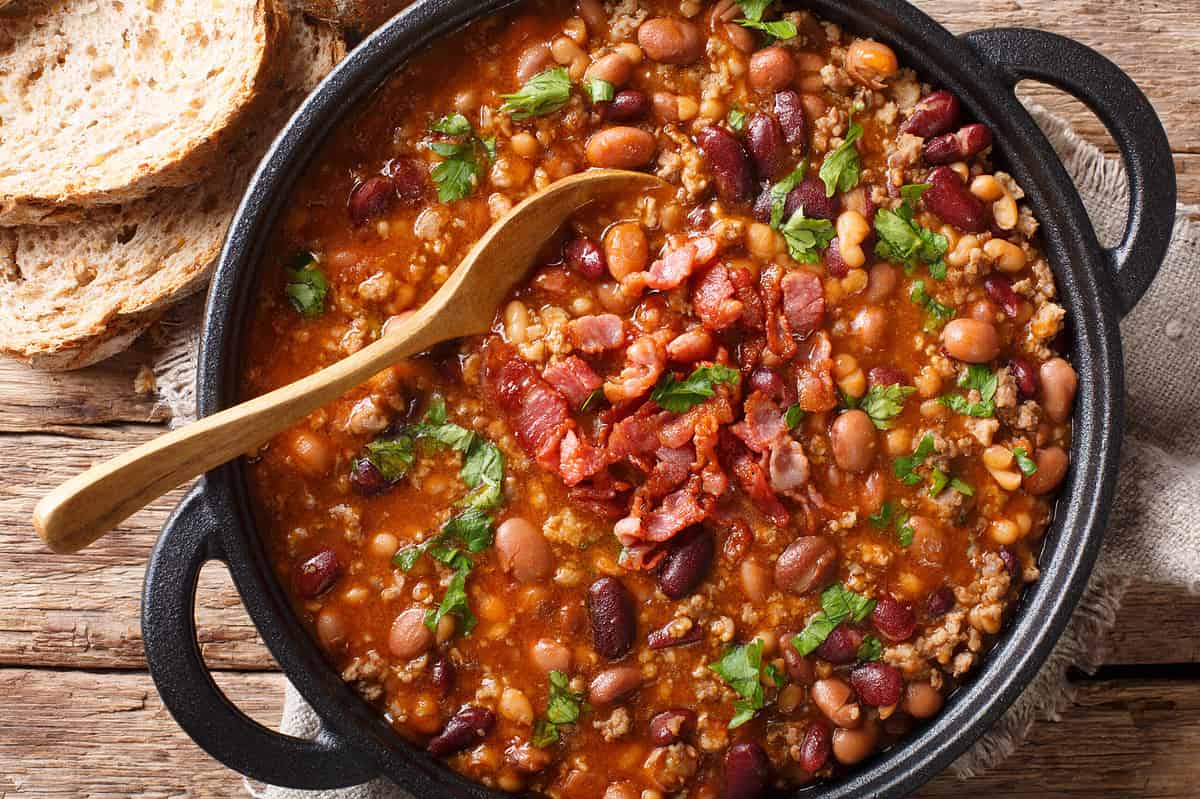
©AS Foodstudio/Shutterstock.com
For other kinds of legumes, like lentils, the cooking process is a little different. They don’t require soaking before cooking, but they do need to be rinsed, like rice. They also cook much faster than beans do, so you’ll want to watch and make sure you don’t overcook them, because they can become mushy. That’s if you’re cooking lentils on their own. If you’re adding them to a curry or stew, you can add them directly to the pot and allow them to cook with and absorb the flavors of the rest of your ingredients.
The other key difference is texture. Beans all have a similar texture when cooked. They have smooth skin on the outside and when you bite into them, the inside has a sort of mashed texture. If you’ve ever had refried beans, that’s the usual texture inside of a bean.
Legumes, on the other hand, vary in texture. There are peanuts, which are much more oily than beans and can be eaten raw, the moment they come out of their shell. Peanuts aren’t so much cooked as they are roasted, salted, and flavored. Although, in some dishes, peanuts are added for flavor and texture. Peanuts can also be made into peanut butter by grinding them up in a food processor and adding oil, salt, and whatever sweetener you’d like to add until it becomes a spreadable paste.
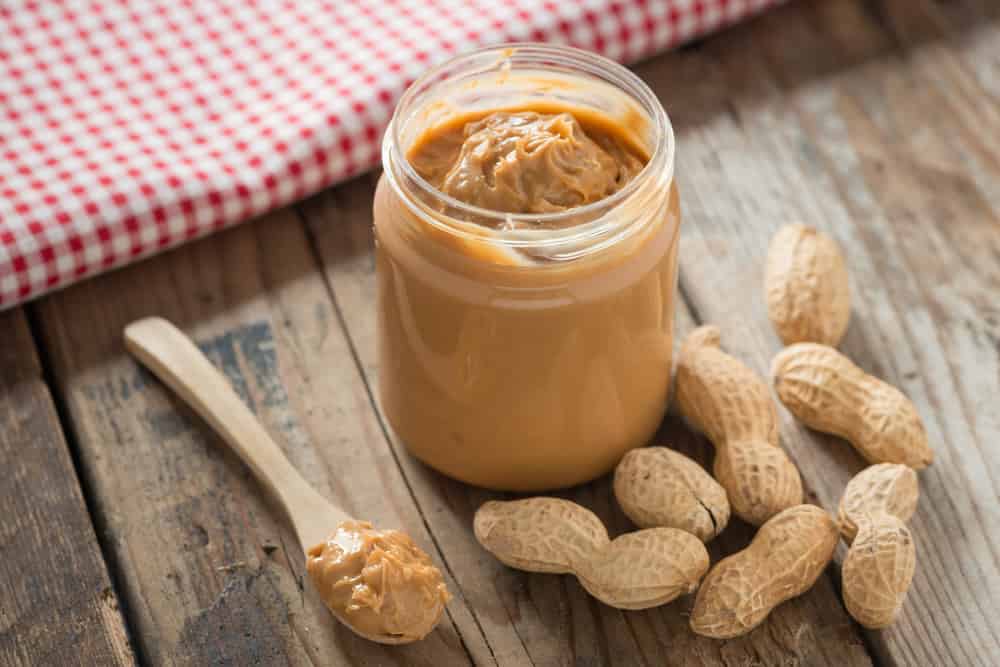
©inewsfoto/Shutterstock.com
Lentils are somewhat similar to beans in texture, but they don’t have a smooth outer layer and are much flatter than beans.
Legumes vs. Beans: Which Are Healthier?
They are both a great vehicle for protein and other nutrients.
Protein is an important part of your diet because it helps keep you full. It’s the main element in food that deters overeating. That’s why smoothies will often have the option of a protein powder add-in. The smoothie itself won’t satiate your hunger, but the presence of protein will help.
Iron is also an element in legumes and beans that’s crucial in health maintenance. Our bodies use iron to make hemoglobin, which is a protein in red blood cells that transports oxygen from to lungs to wherever else it’s needed in the body. The body also uses iron to make myoglobin, another protein. This one provides oxygen to the muscles, specifically. Iron deficiency is something that people may have either from genetics, autoimmune disorders like Lupus, or not getting enough iron in their diet. When people are iron-deficient, or anemic, they’re not getting enough oxygen to certain parts of their body and they can become short of breath or fatigued very quickly. Pregnant women are often diagnosed with iron deficiency and have to find ways to get more iron in their diet. For this, legumes and beans are a great solution.
The nutritional profiles of legumes and beans are almost exactly the same. So that won’t be the deciding factor in which one you decide to add to your dish. If you’re curious, see below for a full comparison of the two with nutrition data compiled from the USDA.
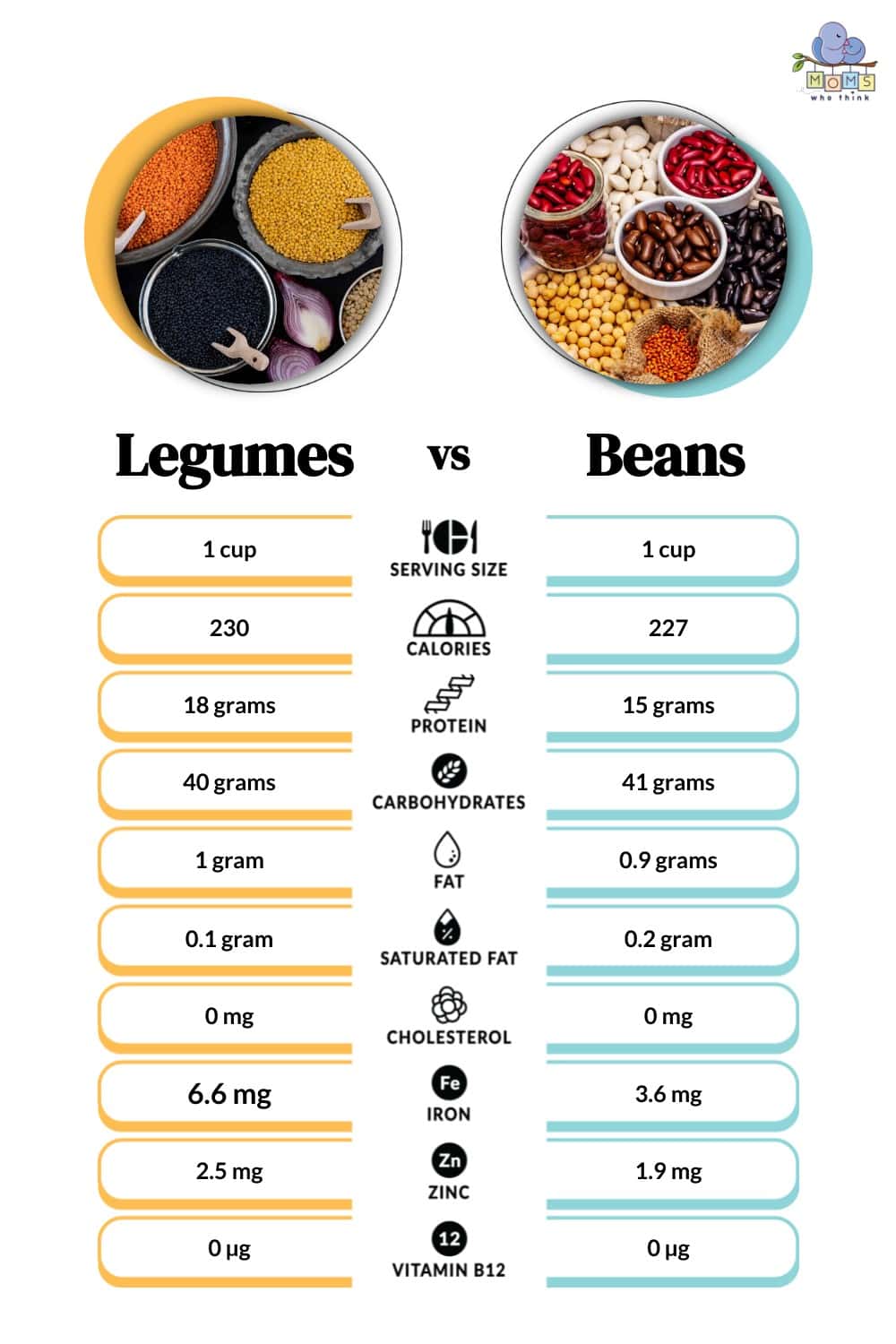
Legumes vs. Beans: Can You Substitute Them?
It depends! Some legumes can definitely be substituted for beans, like lentils. Lentils have a similar texture to beans, but they are cooked differently. They also change the texture of the dish you’re making. Lentils tend to expand when cooked and absorb liquid so that your dish will become thicker. Beans hold their shape when cooked. So, if you’re making something like chili, you’re better off sticking to beans.
Some Recipe Ideas
Legumes and beans are some of the most versatile foods and can be used in a range of recipes. If you’re trying to cut back on meat, or you need more iron in your diet, here are some recipes for you to try.
- Green Beans and Pecan Salad
- Mediterranean Bulgur and Lentils
- Sweet Beans and Noodles
- Mexican Pizza with Refried Beans and Cheddar
- French Quarter Green Beans
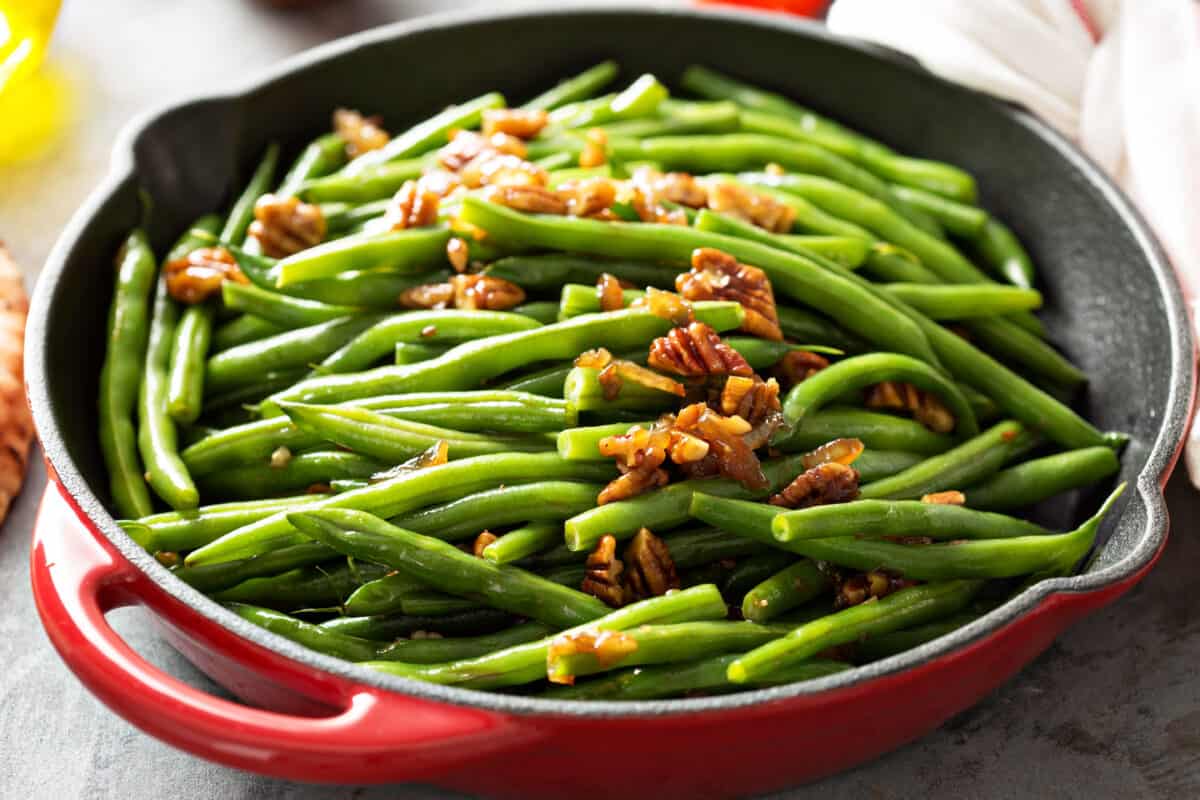
©Elena Veselova/Shutterstock.com

Healthy Ranch Beans
- Yield: 4 servings 1x
Ingredients
- 1/4 cup green pepper, chopped
- 1 3/4 cups canned vegetarian beans
- 1 3/4 cups canned kidney beans, red, drained
- 2 Tablespoons ketchup
- 2 Tablespoons molasses
- 1/2 teaspoon dried onion
Instructions
CONVENTIONAL METHOD:
- Place all ingredients in saucepan and heat thoroughly, about 10 minutes.
MICROWAVE METHOD:
- Place all ingredients in microwave-safe bowl. Cover with waxed paper. Cook on high; stirring every 2 minutes; cook about 5 minutes.
Nutrition
- Serving Size: 1 cup
- Calories: 240
- Sodium: 916mg
- Fat: 1g
- Cholesterol: 0mg
Legumes vs. Beans: Final Thoughts
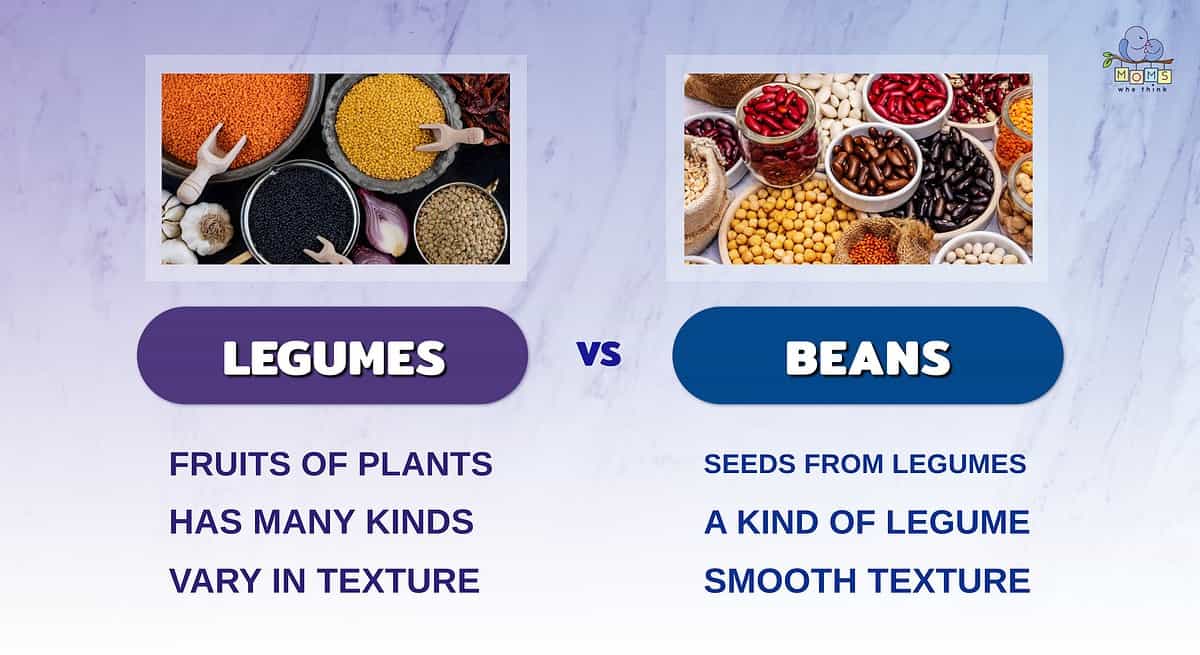
Both legumes and beans are a great source of protein and are packed full of nutrients, such as iron. Since legumes and beans have similar nutritional profiles, either one is great to add to a meal. The main difference between the two is that beans are a type of legume. Other types of legumes are lentils, peanuts, and tamarind. Legumes are the fruits of plants, and beans are the seeds of certain legumes. Here are a few other key differences to help you decide which one to choose.
- Beans are usually cooked the same way, and dried beans need to be soaked before cooking.
- There are different ways to prepare legumes, and they cook faster than beans.
- Beans are smooth when cooked, and legumes have varying textures.
